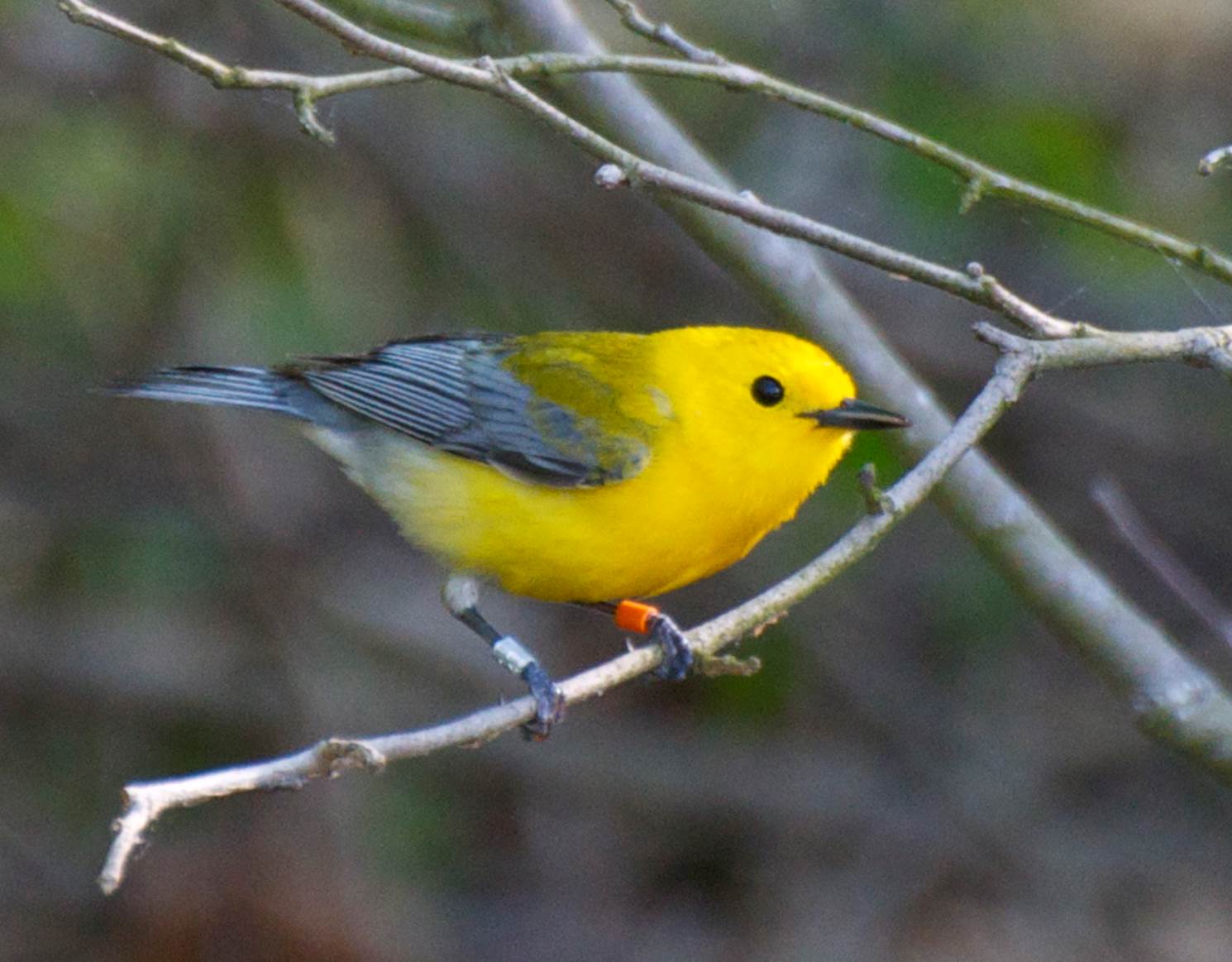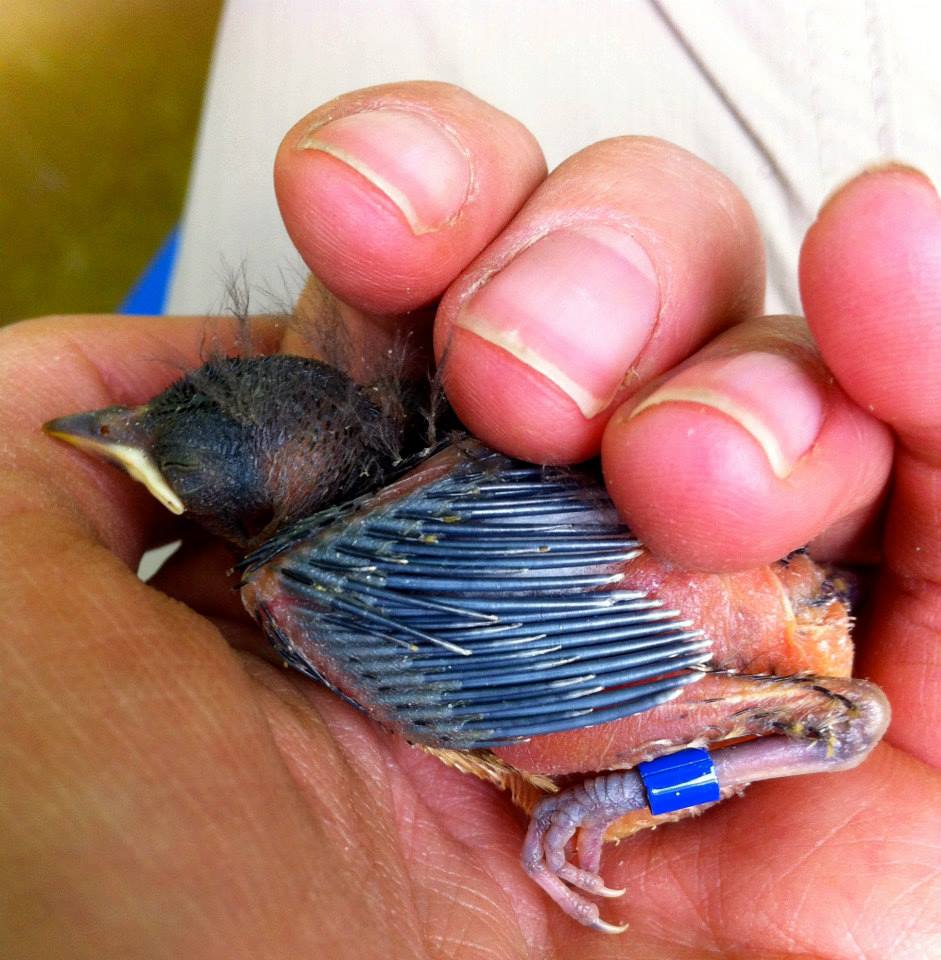Research projects
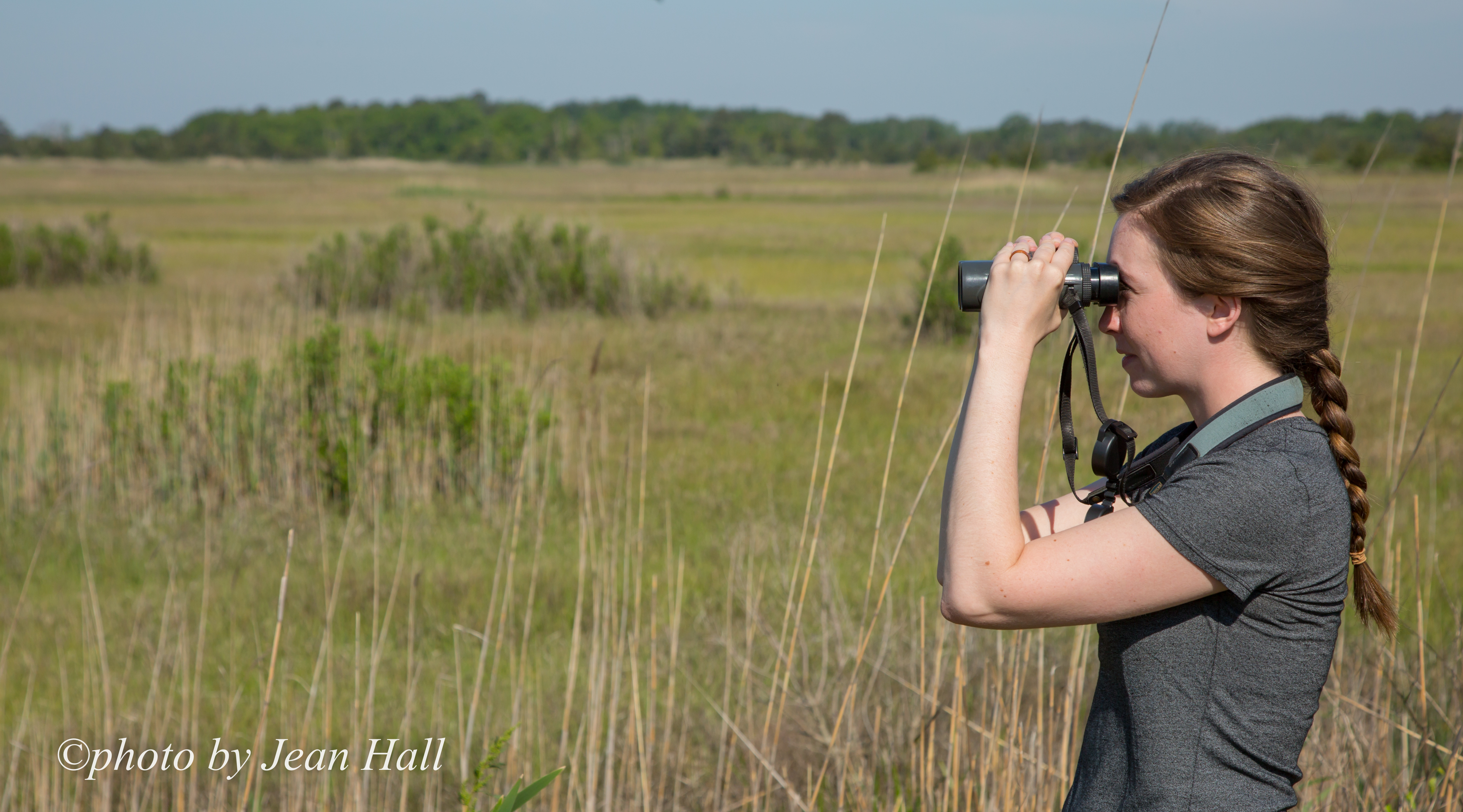
Optimal management of migratory birds under climate change
Our ability to effectively manage and conserve wildlife is founded in an understanding of how our actions and the environment influence wildlife populations. Current practices use population monitoring data from the past to determine key ecological relationships and make predictions about future population status. In most cases, these forecasts assume that the relationships we observed in the past will remain the same in the future. However, climate change is influencing wildlife populations in many dynamic and uncertain ways, leading to a situation in which our observations of the past are poor predictors of the future. Continuing to use the existing frameworks could be suboptimal at best or detrimental at worst to acheiving conservation and management objectives.
We received a Powell Center Working Group Grant to examine issues of land acquisition, harvest management, and incidental under non-stationary system dynamics. See the Powell Center project page here.
We also received funding from the Northeast and Midwest Climate Adaptation Science Centers to apply these ideas to the management of waterfowl harvest by the USFWS Division of Migratory Bird Management. More updates on these projects to come!
Species Status Assessments
Species Status Assessements (SSAs) are the science document used to support decision making by the USFWS under the Endangered Species Act. These documents summarize the best available science regarding the resiliency, redundancy, and representation of a species. As a postdoc at Auburn University, I worked closely with USFWS biologists in Regions 2, 4, and 6 to understand the data available for this assessment and to develop quantitative analyses and projection models to be included in the SSA. I also played a key role in developing a two-day crash course in quantitative methods for biologists working on SSAs. See my teaching page for more information.
The projection model we developed for the Puerto Rican boa was recently published in Animal Conservation! Download the pdf here
Delaware Bay shorebirds
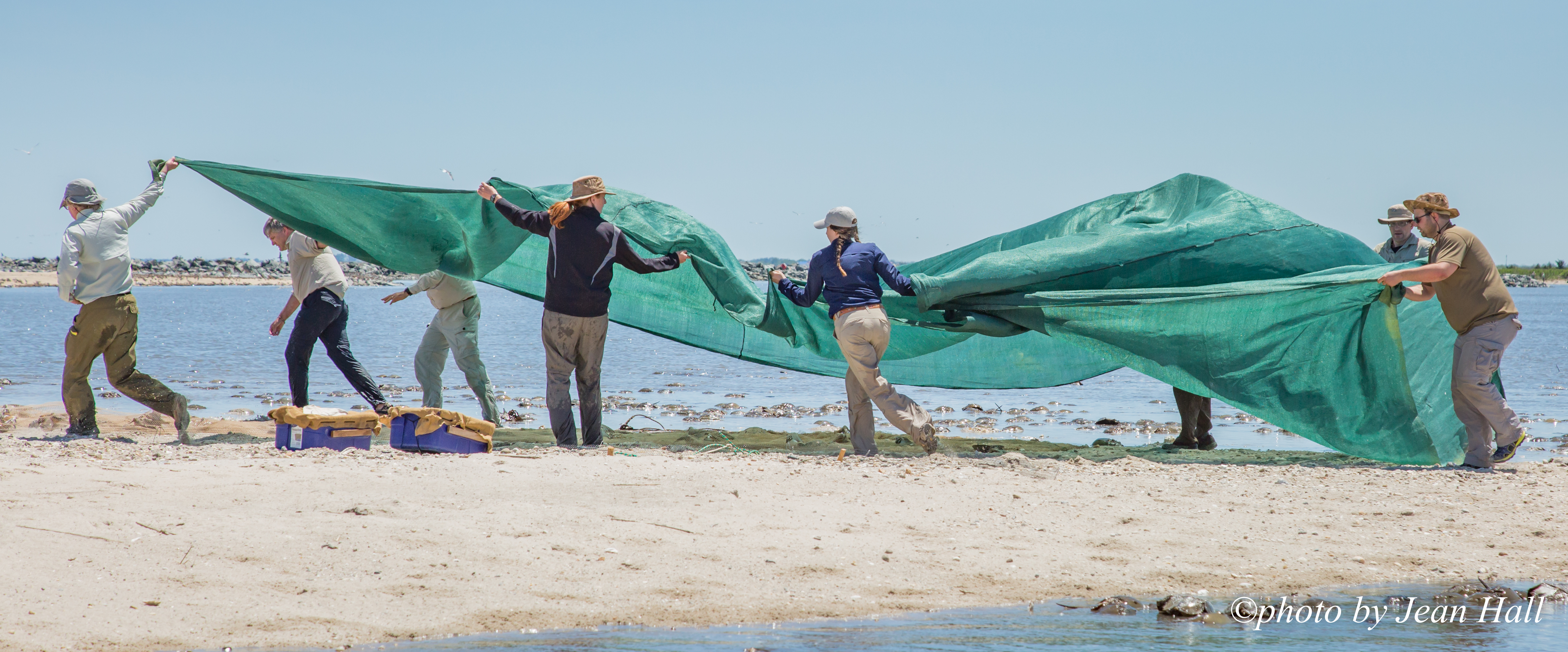
The Delaware Shorebird Project is a collaborative monitoring effort that began in the late 1990s as a response to drastic declines in shorebird numbers in Delaware Bay during spring migration. Every year volunteers in Delaware and New Jersey monitor beaches in the region to count, band, and re-sight shorebirds. This amazing effort has led to an invaluable long-term dataset on the status of shorebirds in the Atlantic Flyway.
Individual misidentification
Most of the analyses for my dissertation relied on mark-resight data of shorebirds marked with individually unique, field-readable flags like the one on the right. After several field house conversations about how easily flag reading errors could occur in the field or during data entry, I decided to investigate how frequently they occurred in our data and what effect that might have on survival estimates. We found that when misreads occur, they can cause apparent negative trends in survival even when in reality survival has been constant over time.
Get the code
Download the paper
Read the AOS Author Blog Post
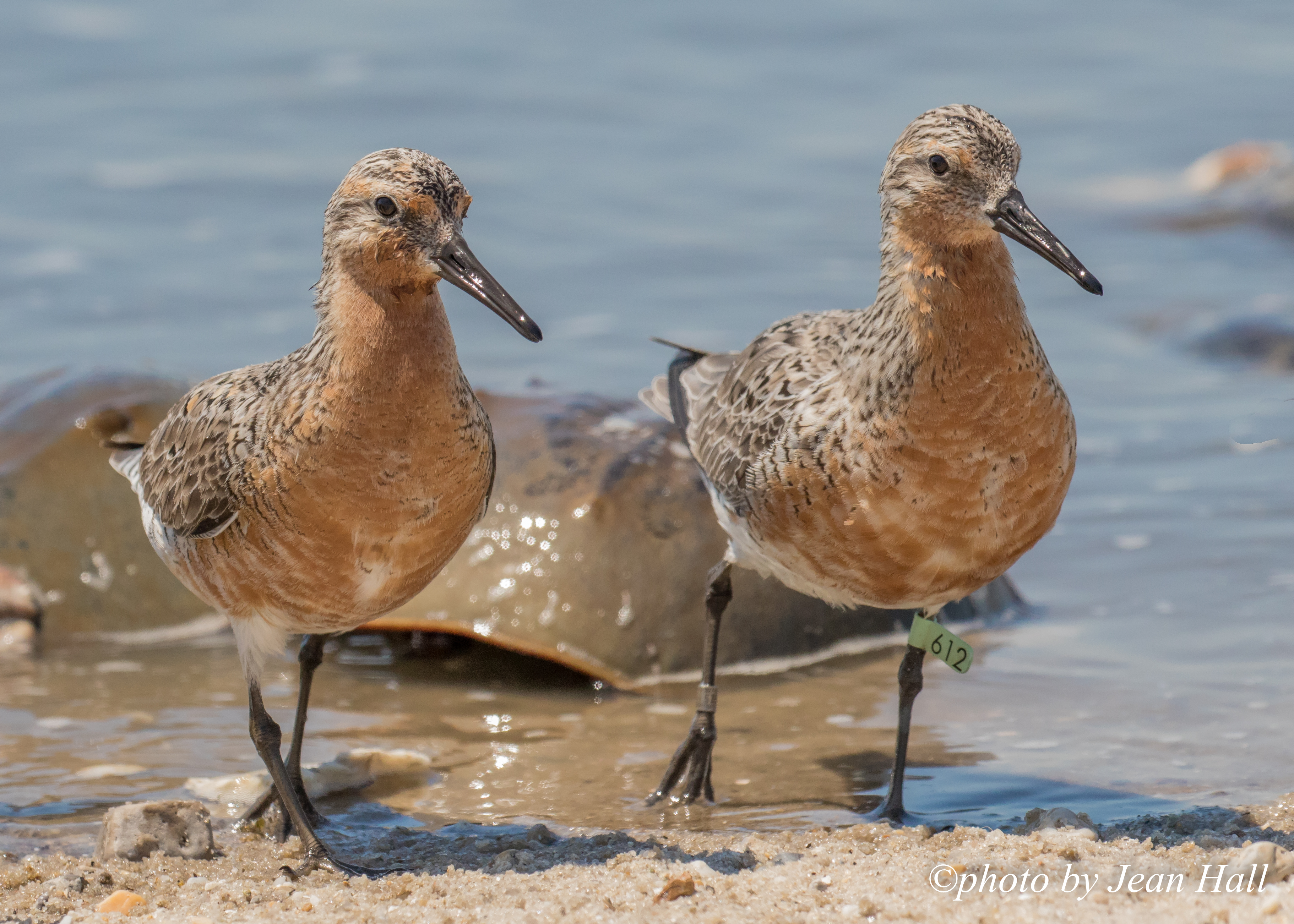
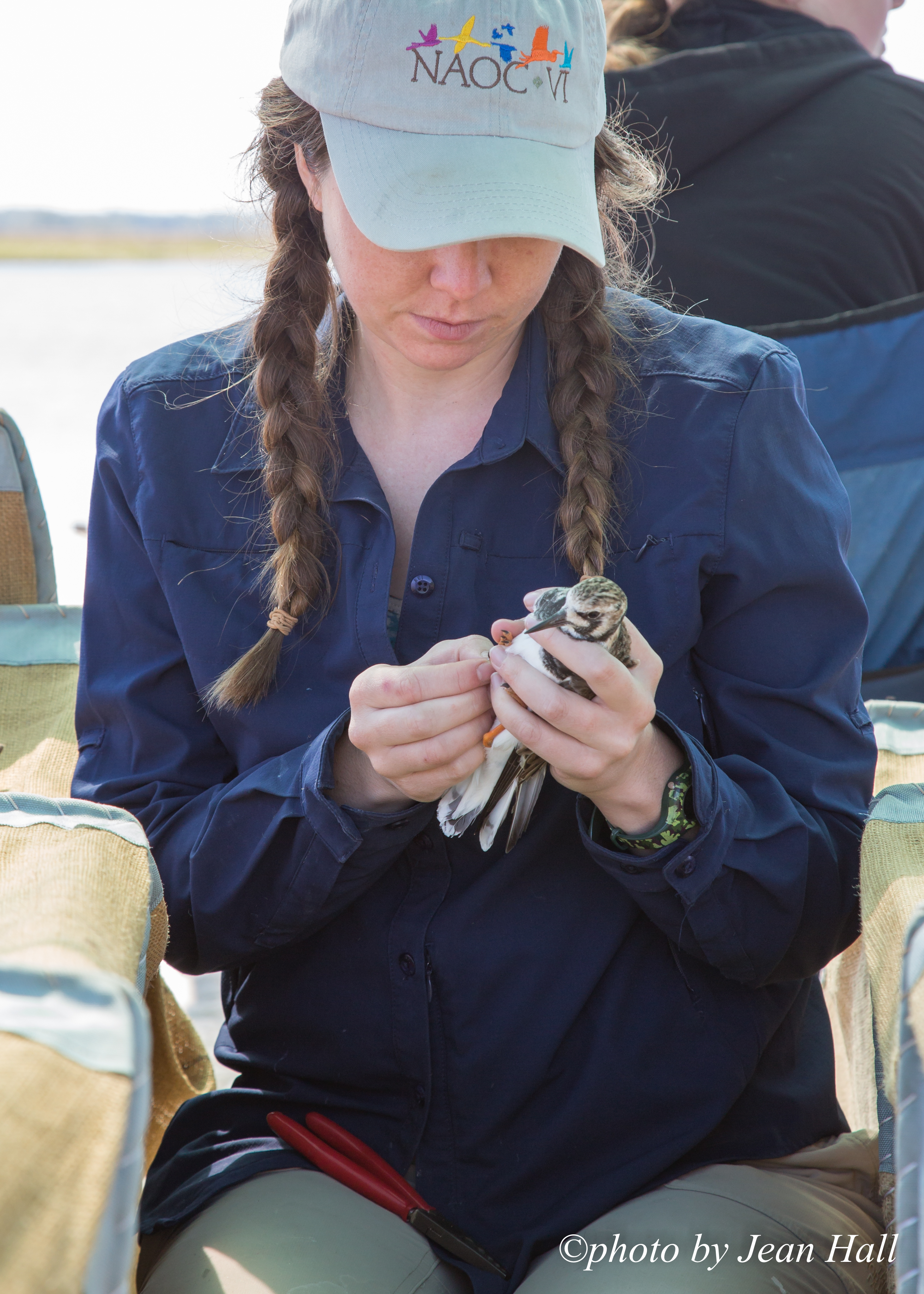
Variation in timing and rate of mass gain
Many shorebird species use Delaware Bay during spring migration. Red knot have received the most attention because they’ve experienced drastic population declines, which has been linked to declines in horseshoe crabs. Specializing on a particular, abundant prey item is a good strategy for long-distance migrants as long as that prey item is reliably abundant. When stopover conditions are more unpredictable, it might be a better strategy to be a generalist forager like the ruddy turnstone. I’m comparing capture weights to see if red knot and ruddy turnstone differ in their sensitivity to changing annual food availability, measured as the annual variation in timing and rate of mass gain.
Get the code
Download the paper
Read the Wader Tales Blog Post
A full annual cycle approach to analyzing single-season data
Consideration of the full annual cycle of migratory species can provide useful insight into ecological research and conservation efforts. Unfortunately, collecting data needed to estimate demographic parameters from throughout the annual cycle is often logistically difficult. For example, for species that breed in remote areas monitoring is often conducted during migratory stopover or at nonbreeding sites and fecundity can be difficult to estimate directly. For migratory shorebirds, there is mixed evidence about the relative importance of stopover site conditions vs. breeding site conditions in contributing to global declines. In order to estimate recruitment and compare effects of stopover site vs Arctic conditions on population growth rate, I developed an integrated population model that includes an open robust design sub-model to adjust expected counts conducted during stopover. Part of this work is currently in review at Ecological Modeling, but you can see the presentation I gave on this work at the 2019 AOS meeting here.
Using network models to understand bird movements
Individuals are time- and energy- limited during migration and must use stopover sites efficiently. In Delaware Bay, horseshoe crab eggs are the key prey item for migratory shorebirds, but availability of eggs varies spatially and temporally. Do bird movements track horseshoe crab spawning abundance?
Regional patterns of site use are also of interest for beach management and conservation efforts in Delaware and New Jersey.
I’m working on evaluating movement patterns using resightings of flagged individuals in a multistate model, and then applying tools from network theory to compare site-use dynamics across species and years.
I presented a poster on this work at the Euring Analytical Meeting and Workshop in Barcelona, Spain and won the Best Student Poster award. (this poster presents work in progress, not for reproduction or citation)
Prothonotary warbler breeding ecology
For my Masters thesis I investigated the occurrence and consequences of conspecific brood parasitism in a box-nesting population of prothontary warblers. I also traveled to Panama to help lead a tropical ecology field course for undergraduates, where we banded prothonotary warblers in the mangroves. Since I’ve left, the team at VCU has partnered with others working with the species to deployed geolocators and estimate migratory connectivity for this species. More info about the cool work they’re doing here
Download my papers from this work:
Occurrence of CBP in PROW
Modeling female survival with unknown CBP status
Get the multievent model code
Read the BOU Blog Post
